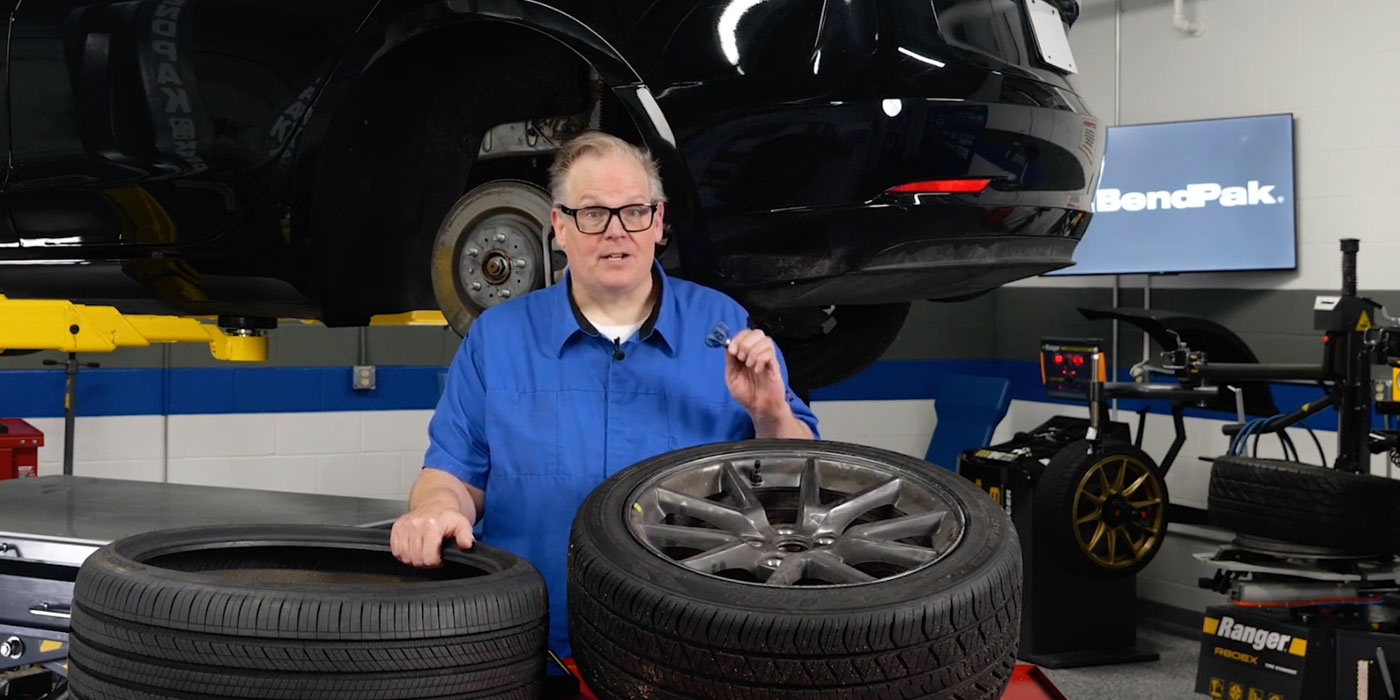In the previous video, we talked about how the boiling point of a brake fluid can mean the difference between a properly functioning brake system and brake-system failure.
That’s why the boiling point is one of the two key standards that the Department of Transportation has established for brake fluid that’s sold in the United States. The other critical standard is viscosity.
In the simplest terms, viscosity is a measure of the thickness of brake fluid, especially at low temperatures. When you’re driving on a cold morning, you don’t want the brake fluid to be so thick that it impedes the hydraulic pressure needed to activate the brakes. The brake fluid needs to be thin so it flows easily, which means it has a low viscosity. A higher viscosity number means a slower flow of fluid.
This video is sponsored by ADVICS.













